Ask AI on The Internet
Question: Read the following case study carefully and answer all the questions that follow: (Note that this case study is a follow-up of Tshepo’s case study used in assignments 02 and 03 but adapted to fit the assessment criteria for assignment 04.) Tshepo, an intelligent five-year-old, was diagnosed with autism spectrum disorder (ASD) at the age of three. Tshepo attends an inclusive school. Tshepo made remarkable progress in his academic and personal development. For example, his teacher used Universal Design for Learning to support him and his peers in the classroom. Visual supports (pictures) were used in visual schedules to help him transition to the next activity. Tshepo cannot communicate verbally although his parents understand his gestures. Tshepo understands pictures in picture books and can follow one-step instructions but struggles to comprehend multi-step instructions. He finds it difficult to sustain focus on tasks or follow instructions for an extended period. His teacher uses pictures to help him follow instructions or stories and to respond to questions. He prefers to play alone and not with his classmates. To help Tshepo socialise more with his classmates, a buddy system was introduced in the classroom where children paired with each other each week. Tshepo’s gross motor skills are poor. He cannot stand on one foot or hop and skip. He likes to swing and can climb stairs independently. Tshepo requires assistance with basic self-care tasks, such as dressing, eating, and personal hygiene. His teacher also introduced visual schedules for washing your hands. Due to his inability to communicate verbally, Tshepo exhibits challenging behaviour such as temper tantrums when his needs are not addressed. He does not like loud noises and would run away when he feels unsafe. Tshepo received support from the psychologist to cope with loud noises or what to do when he feels frustrated. Pictorial support was added to all these support strategies. 1. Explain why you think it is important for early screening to teachers. [3] 2. Use at least three examples from the case study to support your statement. [3] 3. Study the following example of a developmental checklist. Copy the checklist below and complete it for Tshepo based on the information from the case study. [20] Developmental checklist: 5-year-olds Child’s name Date of birth Parent or guardian Milestones Date observed Fill in the date when you observed the action. Yes / No Comments Tick Gross motor skills • Stands on one foot for 10 seconds or longer • Hops • Somersaults • Swings • Climbs • Skips Fine motor skills • Copies geometric patterns. • Draws a person with a body. • Prints some letters. • Dresses and undresses without assistance. Language skills • Recalls parts of a story. • Speaks in sentences with more than five words. • Uses the future tense. • Gives their name and address. • Tells longer stories. Cognitive skills • Can count 10 or more objects. • Correctly names at least four colours. • Works in small groups for 5-10 minutes. • Demonstrates an improved understanding of the concept of time. • Knows about things used in daily living (e.g. food, money). Self-help skills • Uses cutlery correctly. • Can chew with their mouth closed. • Goes to the bathroom independently, when reminded. • Dresses independently, using buttons and zips. 4. In their guidelines for early screening by Grade R teachers, Clasquin-Johnson and Phala (2021) mention that early screening helps teachers to identify potential developmental concerns, red flags or risk factors. 4.1 Explain in your own words what it means if a child has potential developmental concerns, red flags or risk factors. (2) Use the case study and provide examples of Tshepo’s red flags with regards to: 4.2 Language development (2) 4.3 Gross motor development (2) 4.3 Fine motor development (2) 4.4 Social development (2) [10] 5. Early assessment leads to improved outcomes. 5.1 Who are the stakeholders who play important roles in the assessment of Tshepo’s barriers to learning? (5) 5.2 Explain what these stakeholders’ roles as part of the assessment team are. (15) [20] 6. Name and explain the six (6) aspects that PIECCE (2019) proposed that should be considered when creating a Grade R inclusive learning environment. [12] 7.1 What is curriculum differentiation? (4) 7.2Curriculum differentiation acknowledges that learners learn best when their teachers effectively address variances in readiness level, interest and learning profile (Tomlinson 2010). Tomlinson (2004) mentions that it also entails differentiating the content, process, product and learning environment. Explain how each of these elements will be differentiated by including examples of how it will be done in Tshepo’s classroom. In your answer, also give examples from the case study where applicable to support your statements (4 x 5 marks) [25] 8. Read the following case study of a little girl in Tshepo’s class: Zinthle is 5 years old and just started Grade R. She is very talkative and energetic but finds it challenging to sit still and concentrate during classroom activities. It is only during a music activity that she cooperates and participates in the activity. She likes singing and dancing and remembers the words of a song very quickly. Which one of Gardeners’ intelligence applies to Zinthle (2)? Give a reason for your answer with examples from the case study (5). [7] [
### 1. Importance of Early Screening for Teachers **Answer:** It is important for early screening because: 1. It enables the early identification of developmental delays or disabilities, allowing for the timely implementation of support strategies. 2. Early screening helps in creating tailored educational plans to better address the individual needs and strengths of each child. 3. It empowers teachers with crucial information, enabling them to communicate effectively with parents and other stakeholders about the child’s development and necessary interventions. ### 2. Examples from the Case Study **Answer:** 1. Tshepo’s inability to communicate verbally was identified early, enabling the use of visual supports to aid his understanding. 2. Visual schedules were introduced to help Tshepo transition between activities, improving his personal development. 3. The buddy system was implemented to support Tshepo in socializing with his peers, aiding his social development. ### 3. Developmental Checklist: 5-year-olds **Answer:** **Developmental Checklist: 5-year-olds** | Child’s name: Tshepo | Date of birth: [Provide Date] | Parent or guardian: [Provide Info] | |----------------------|-------------------------------|-----------------------------------| | **Milestones** | **Date observed** | **Yes / No** | **Comments** | |-----------------------------|-------------------|--------------|---------------------------------| | **Gross motor skills** | | | | | Stands on one foot for 10 seconds or longer | | No | Tshepo struggles with balance. | | Hops | | No | Poor gross motor skills. | | Somersaults | | No | Not mentioned in case study. | | Swings | | Yes | Likes to swing. | | Climbs | | Yes | Can climb stairs independently. | | Skips | | No | Gross motor skills are poor. | | **Fine motor skills** | | | | | Copies geometric patterns | | No | Not mentioned in case study. | | Draws a person with a body | | No | Not mentioned in case study. | | Prints some letters | | No | Not mentioned in case study. | | Dresses and undresses without assistance | | No | Requires assistance with dressing. | | **Language skills** | | | | | Recalls parts of a story | | No | Struggles with multi-step instructions. | | Speaks in sentences with more than five words | | No | Cannot communicate verbally. | | Uses the future tense | | No | Not applicable | | Gives their name and address | | No | Cannot communicate verbally. | | Tells longer stories | | No | Cannot communicate verbally. | | **Cognitive skills** | | | | | Can count 10 or more objects | | No | Not mentioned in case study. | | Correctly names at least four colours | | No | Not mentioned in case study. | | Works in small groups for 5-10 minutes | | No | Prefers to play alone. | | Demonstrates an improved understanding of the concept of time | | No | Not mentioned in case study. | | Knows about things used in daily living (e.g. food, money) | | No | Not mentioned in case study.| | **Self-help skills** | | | | | Uses cutlery correctly | | No | Requires assistance with eating. | | Can chew with their mouth closed | | No | Not mentioned in case study. | | Goes to the bathroom independently, when reminded | | No | Requires assistance with self-care. | | Dresses independently, using buttons and zips | | No | Requires assistance with dressing. | ### 4. Explanation and Examples of Red Flags **4.1 Explanation:** Potential developmental concerns, red flags, or risk factors indicate areas where a child's development may not be following the typical trajectory. These signs can alert caregivers and educators to potential underlying issues that may require intervention. **4.2 Language Development Red Flags:** - **Example:** Tshepo’s inability to communicate verbally and inability to follow multi-step instructions. **4.3 Gross Motor Development Red Flags:** - **Example:** Tshepo’s difficulty in standing on one foot, hopping, and skipping. **4.4 Fine Motor Development Red Flags:** - **Example:** Tshepo’s dependency on assistance for dressing, indicating poor fine motor skills. **4.5 Social Development Red Flags:** - **Example:** Tshepo's preference for playing alone and not engaging with classmates. ### 5. Stakeholders and Their Roles **5.1 Stakeholders:** 1. Parents 2. Teachers 3. Psychologists 4. Special Education Experts 5. Medical Professionals (e.g., Pediatricians) **5.2 Roles:** - **Parents:** Provide critical information about Tshepo’s behavior at home and ensure consistent reinforcement of strategies used at school. - **Teachers:** Implement inclusive practices and interventions, monitor Tshepo’s progress, and communicate with other stakeholders. - **Psychologists:** Offer strategies and support for Tshepo to cope with frustrations and sensory issues. - **Special Education Experts:** Develop and help implement Individualized Education Plans (IEPs) tailored to Tshepo’s needs. - **Medical Professionals:** Diagnose and monitor Tshepo's health and developmental progress, ensuring any medical interventions are in place. ### 6. Aspects of Creating a Grade R Inclusive Learning Environment 1. **Physical Environment:** Ensure the classroom is physically accessible and conducive to learning for all students. 2. **Curriculum Adaptation:** Modify the curriculum to meet the diverse needs of learners. 3. **Inclusive Pedagogy:** Use teaching methods that cater to the varied learning styles and needs of all students. 4. **Support Services:** Provide additional support services, such as speech therapy or counseling. 5. **Professional Development:** Ensure ongoing training for teachers on inclusive education practices. 6. **Parental Involvement:** Actively involve parents in the educational process to ensure consistency and reinforcement of strategies. ### 7. Curriculum Differentiation **7.1 Definition:** Curriculum differentiation is the process of tailoring educational experiences to meet the diverse needs, readiness levels, learning preferences, and interests of all students in a classroom. **7.2 Differentiation Elements:** - **Content:** Adapt what is being taught. - **Example for Tshepo:** Use pictures and visual aids to simplify the content being taught to align with his understanding of visual supports. - **Process:** Adapt how students engage with the material. - **Example for Tshepo:** Incorporate one-step instructions in activities, using visuals to support comprehension. - **Product:** Adapt the way students demonstrate their understanding. - **Example for Tshepo:** Allow Tshepo to illustrate his responses to questions with pictures or gestures instead of verbal responses. - **Learning Environment:** Adapt the setting in which students learn. - **Example for Tshepo:** Create a quieter, low-sensory area where Tshepo can focus without being overwhelmed by loud noises. ### 8. Gardner’s Intelligence for Zinthle **8.1 Intelligence Type:** - **Answer:** Musical Intelligence **8.2 Reason and Examples:** - **Answer:** Zinthle demonstrates a strong affinity for music, as she shows cooperation and participation during musical activities. She remembers song lyrics quickly and enjoys singing and dancing, highlighting her musical intelligence.
Think your answer is better than the AI's? Post it below.
Other Most Relevant Posts:
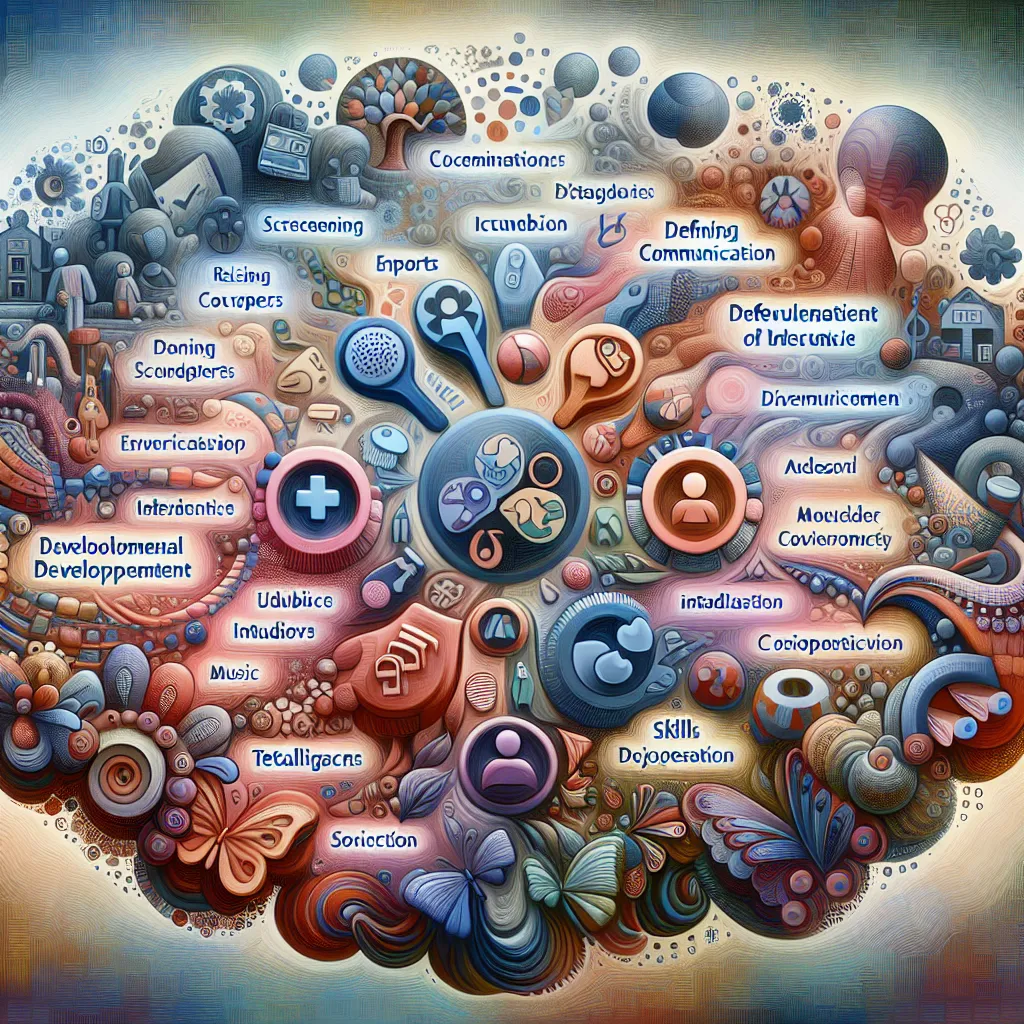 # Assignment 04 Questions
# Importance of Early Screening for Teachers
# Examples from the Case Study
# Developmental Checklist for Tshepo
# Developmental Concerns
# Language Development Red Flag
# Assignment 04 Questions
# Importance of Early Screening for Teachers
# Examples from the Case Study
# Developmental Checklist for Tshepo
# Developmental Concerns
# Language Development Red Flag
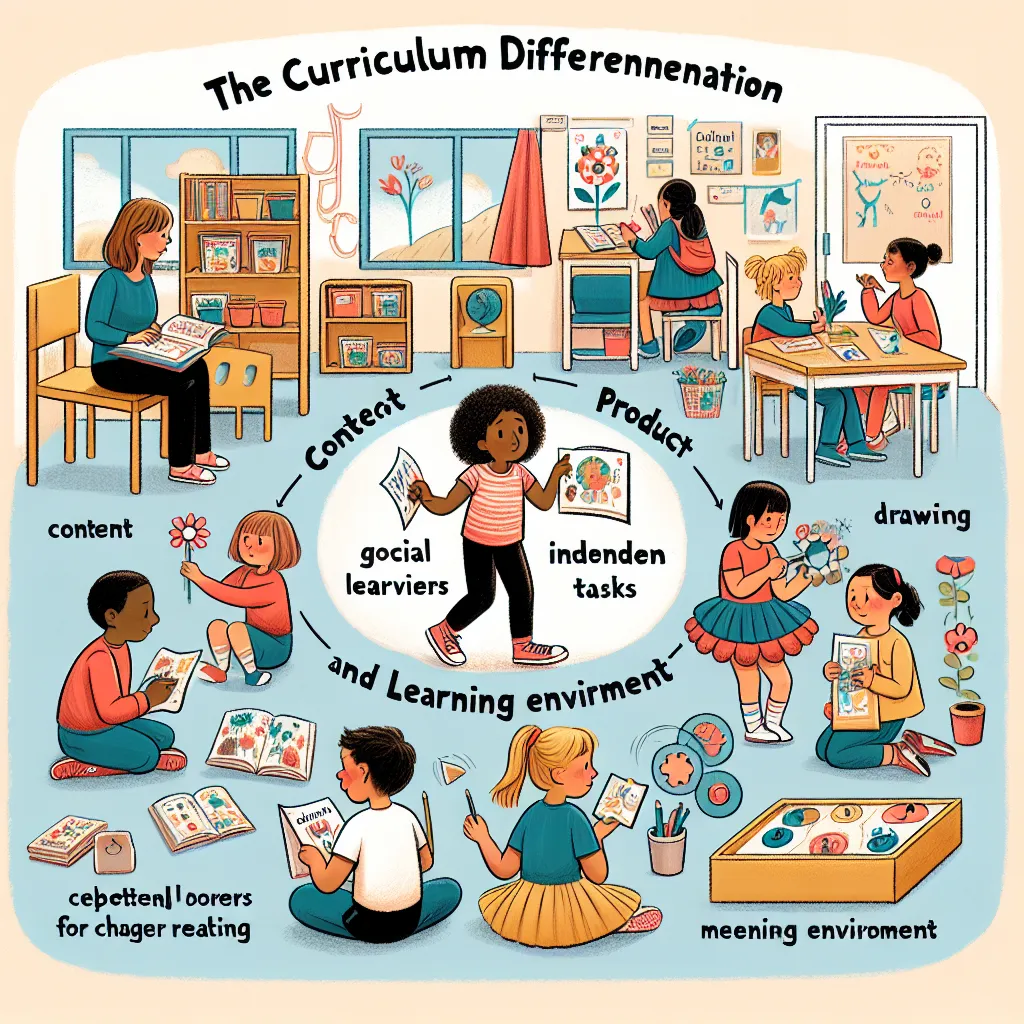 ### Curriculum Differentiation Explained
### Elements of Curriculum Differentiation in Tshepo's Classroom
### Gardner’s Musical Intelligence in Zinthle
### Curriculum Differentiation Explained
### Elements of Curriculum Differentiation in Tshepo's Classroom
### Gardner’s Musical Intelligence in Zinthle
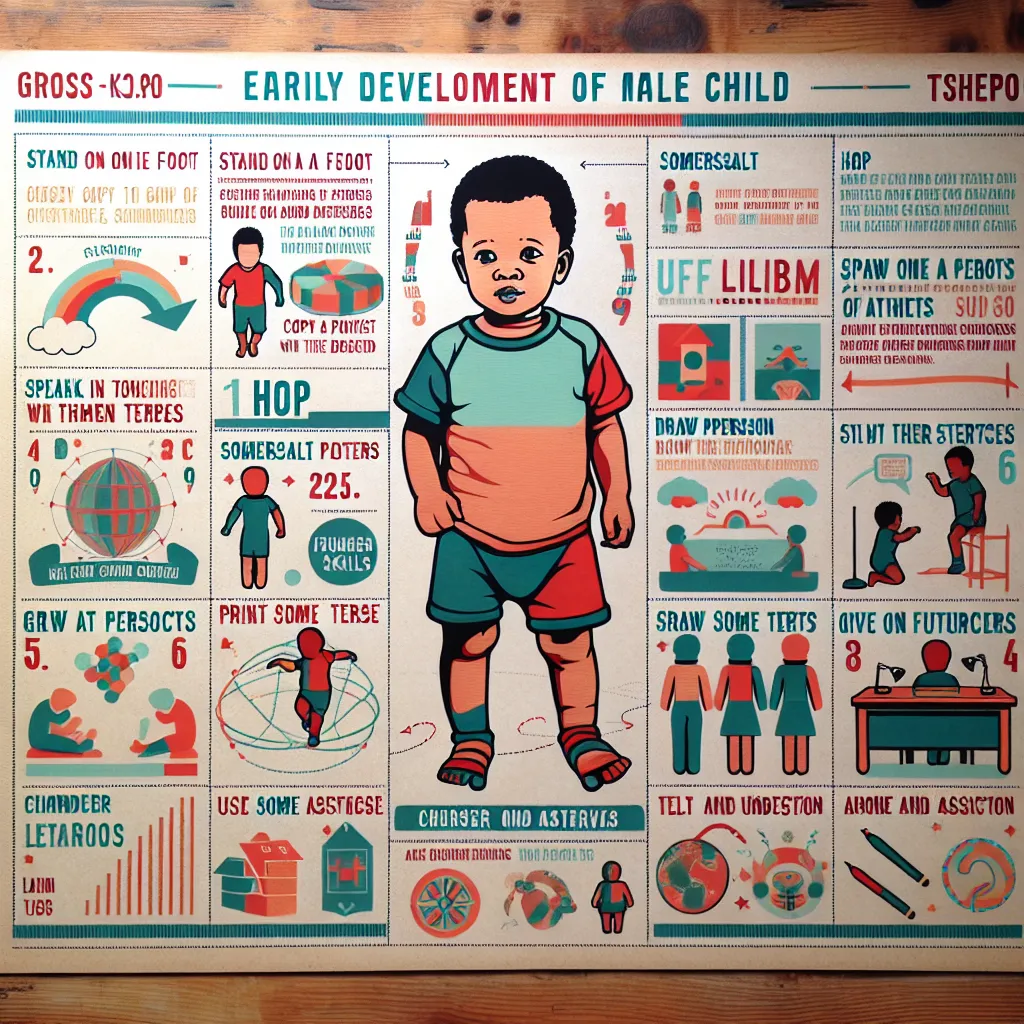 1. **Early Screening for Developing Teachers**
2. **Tshepo's Case Study: Communication, Social, and Motor Skills**
3. **Developmental Checklist for 5-Year-Olds**
1. **Early Screening for Developing Teachers**
2. **Tshepo's Case Study: Communication, Social, and Motor Skills**
3. **Developmental Checklist for 5-Year-Olds**
Question Tags
If you want your question answered by an AI, click here.
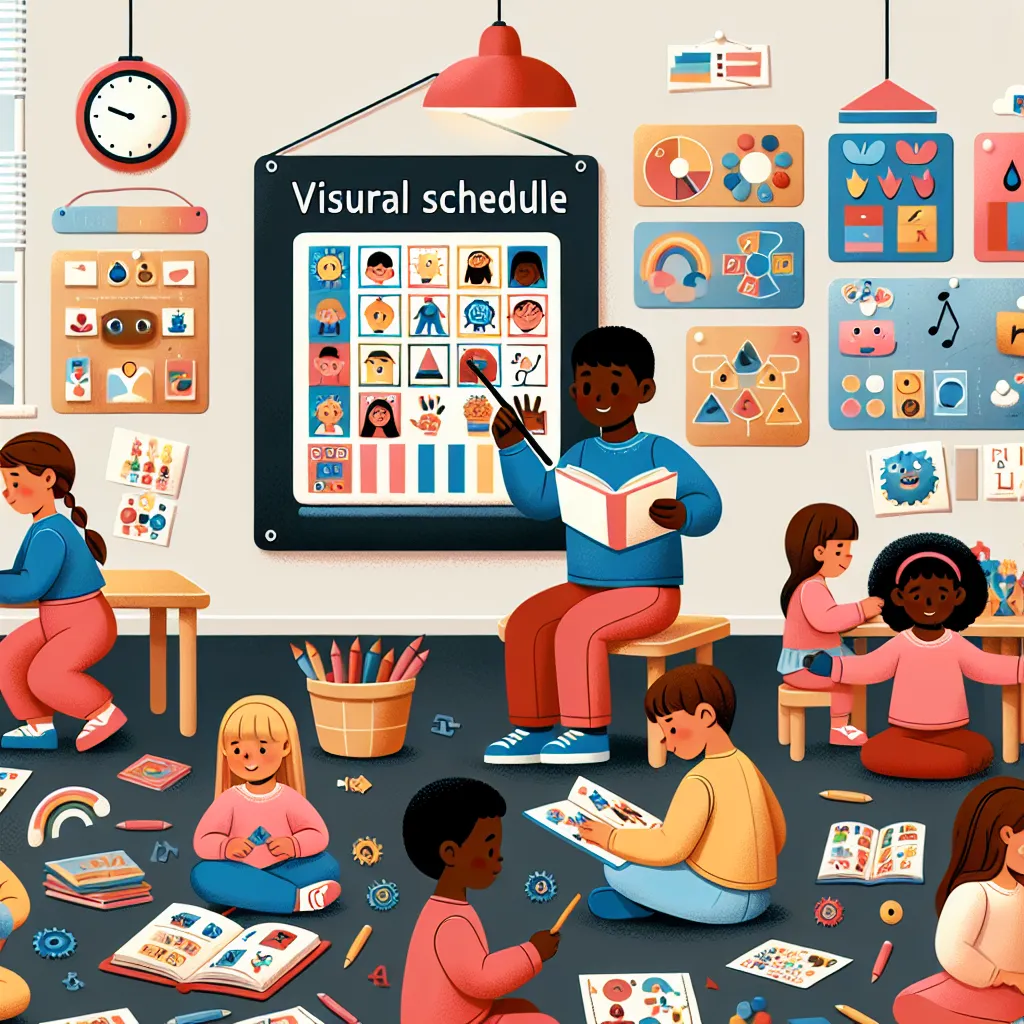
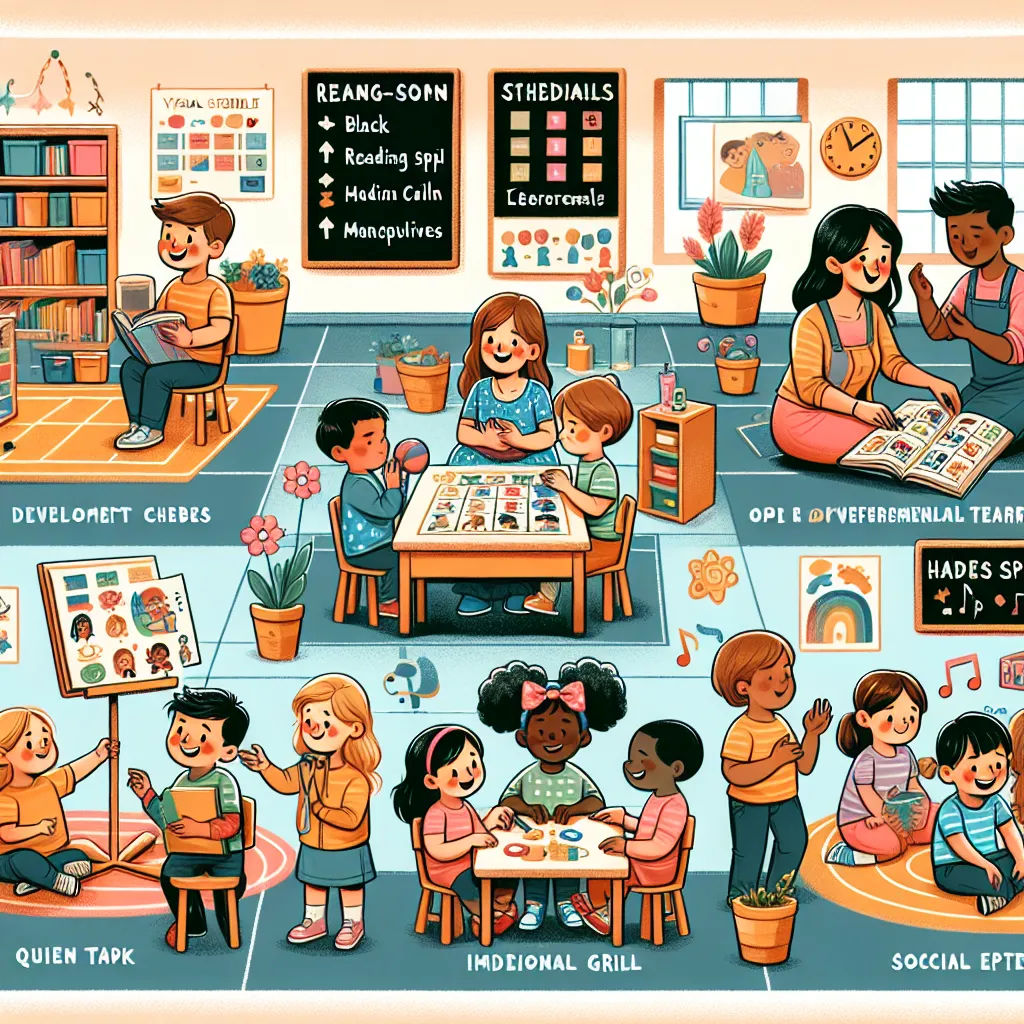
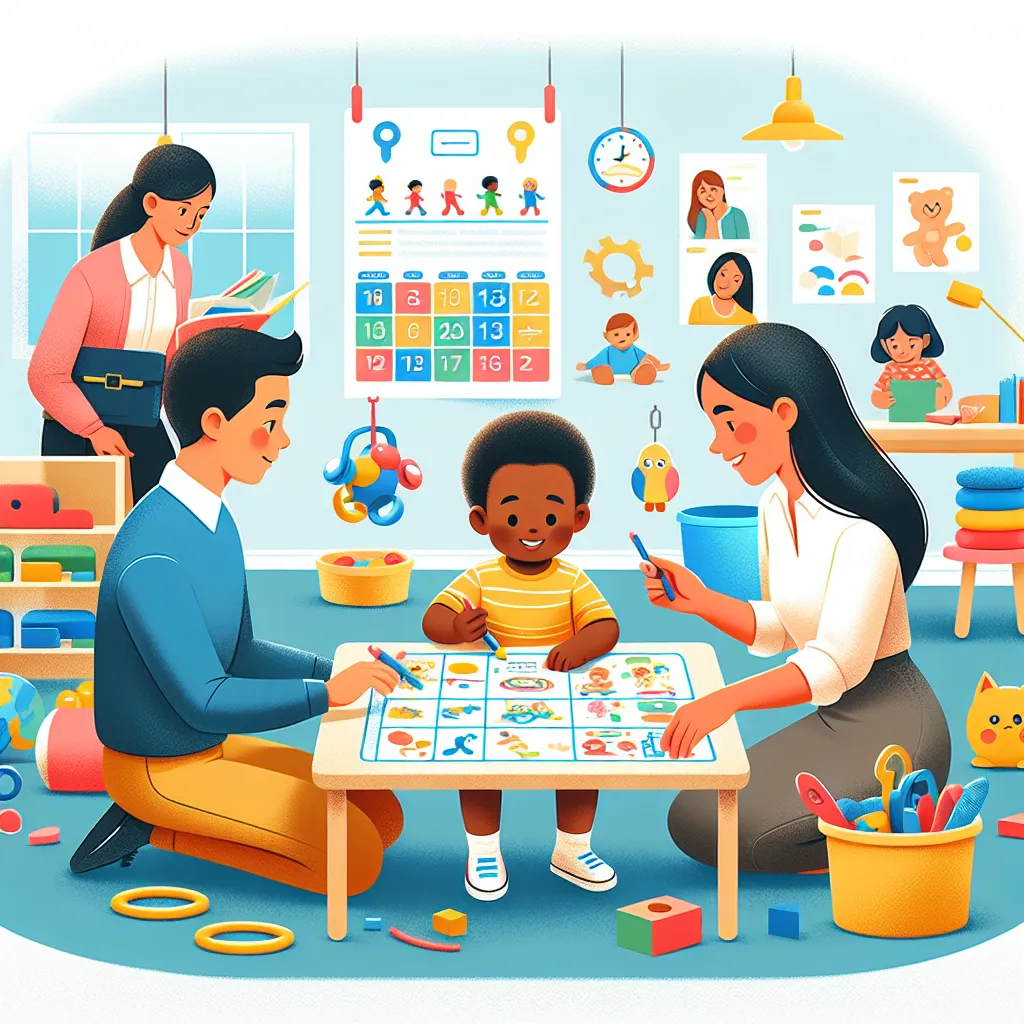

Post your own comment: